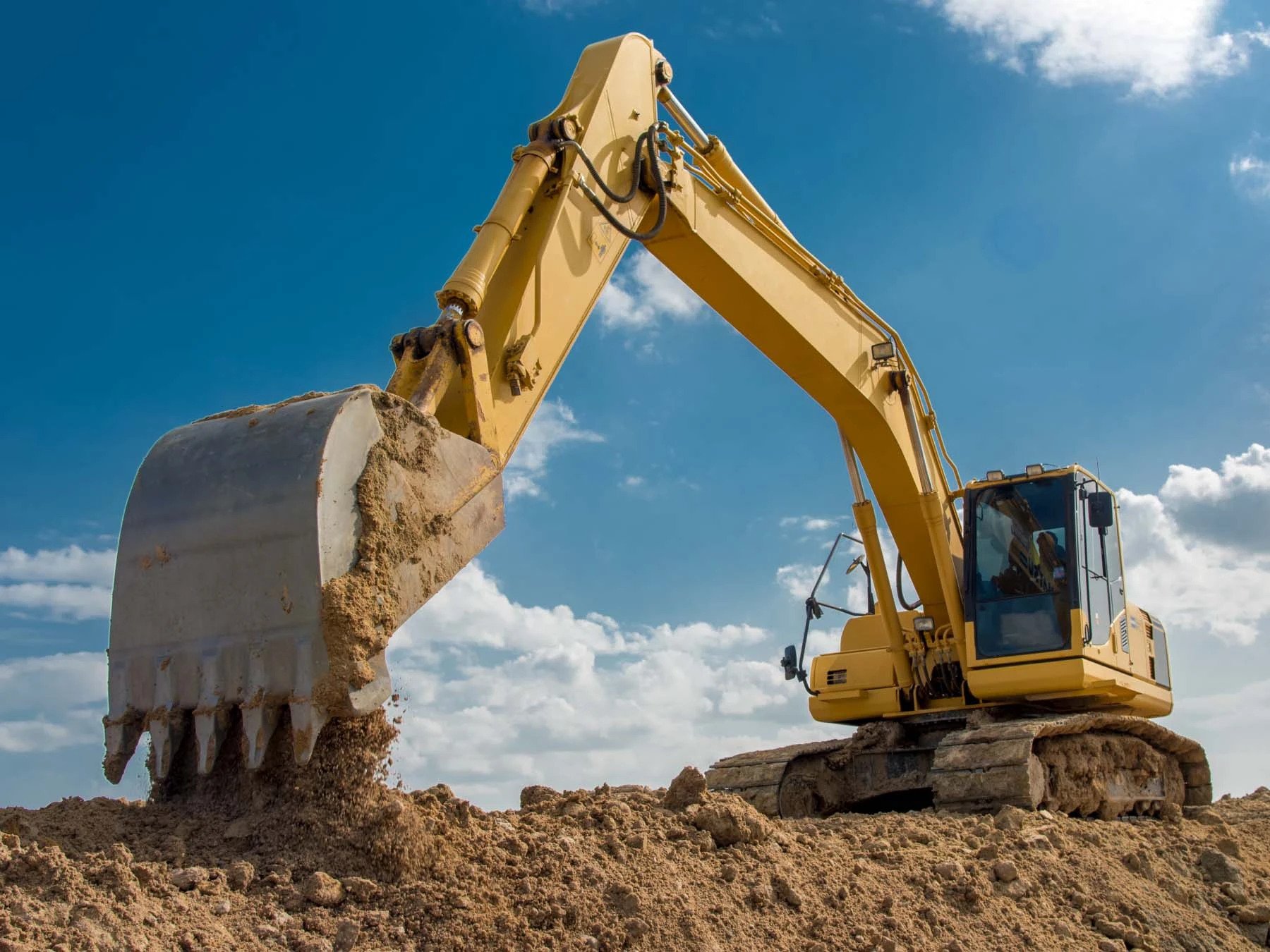Having the correct bucket on your excavator can boost your industrial work’s efficiency. There are numerous types of buckets available in the market. Each of these attachments is designed to accomplish the specific nature of jobs in the construction industry. You’ll sometimes find it challenging to choose the right bucket, as many possess similar characteristics too. This article will share 5 versatile types of excavator buckets that can help you achieve great work efficiency.
-
Digging Bucket
The digging bucket is the most versatile one among all the buckets. This attachment will always pop up in your mind whenever you need a multi-purpose bucket for your wheel excavator for sale. A digging bucket is a traditional type of bucket that’s mainly used for digging surfaces. However, it is also suitable for carrying heavy materials on construction and landscaping sites. The multi-functional attachment comes with teeth on its end to break through and dig up tough surfaces on the work site. Even though, this most popular bucket is a flexible one that doesn’t mean it can help you perform all industrial operations effectively. You’ll need to switch to another type of bucket when needed to achieve the best performance.
-
Grading Bucket
The grading bucket is another commonly used versatile excavator attachment in the heavy-duty industry for performing various tasks. This utility product is shorter and wider in size and helps the operator to smooth and level the ground surface. It is also known as trenching cleaning or finishing bucket. The grading bucket enables the excavator operator to achieve a smooth surface by distributing the soft aggregate along the ground. That’s why, this finishing tool is ideal for grading sand or fine dirt smoothly on the surface. Moreover, it is useful to clean up and level ground once work is done, that’s why contractors also call it a finishing bucket.
-
Utility Bucket
The utility bucket is ideal for excavation work near pipes or cables. These cable strikes can harm the construction crew if touched. However, this useful tool helps the excavation crew to carry out digging or trenching without the risk of touching cable strikes. The construction attachment comes with a double-enforced round edge instead of teeth for effective structural integrity. This edge helps the heavy machinery avoid contact with loose wires. The utility bucket is useful for residential projects with underground water, gas, and sewerage mechanisms.
-
V Bucket
The V bucket is quite different in style in comparison to the other buckets. This unique attachment creates clean V-shape trenches when attached to the excavator. It comes with or without teeth as per your trenching work needs. However, the bucket with teeth is a better option for digging compact surfaces easily. This versatile tool is effective for creating compact trenches for laying pipes and cables. Moreover, companies can use this bucket to create ditches for drainage. The V bucket requires strength for effective output; therefore, it is paired with a large excavator that provides the best power during excavation work.
-
Micro Trenching Bucket
The micro trenching bucket creates deep narrow trenches perfectly. This claw-type bucket saves time spent on digging and backfilling by digging smaller trenches. It is ideal for laying irrigation systems or pipelines. Moreover, it is a great excavation tool for contractors to create small trenches for laying fiber optics, that’s why many people also call it a fiber-optic bucket in the heavy-duty industry.
Summary
Excavator buckets play a significant role in completing a construction project. These incredible attachments can benefit you in performing digging, grading, trenching, and other industrial operations. Even though every bucket is versatile and offers many heavy-duty applications, it is essential to select the right bucket to install on your excavator for a particular job. Therefore, you must consider factors like work area, climate, and surface when choosing a bucket for your excavator.


